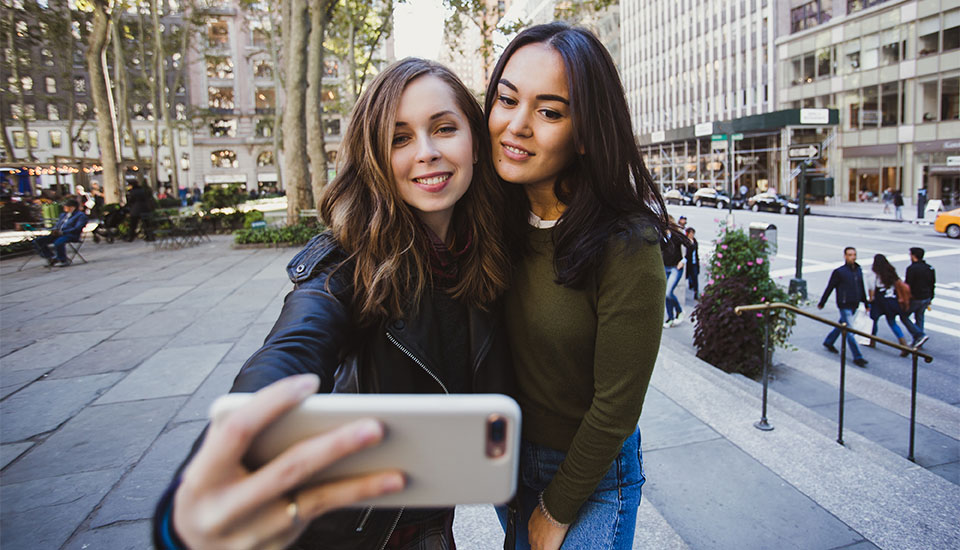
With the amount of time and attention that social media demands, it is almost as if our identities have become so intertwined with it that we can scarcely exist outside its all-encompassing sphere. With phrases like “it’s not official until it is Facebook official” being a common layman term, this total immersion in social media has made us want to take a step back and reflect. Social media is inextricably interwoven into the fabric of our society and is a cultural phenomenon that cannot possibly be ignored when attempting to express, praise, or even critique its technology obsessed ways. But this leads us to the question: can this be meaningful art, or is artistic expression via social media merely adding to the white noise?
Social Media White Noise and Objective Reality
I chose the term white noise here based on Don DeLillo’s 1985 novel of the same name, wherein he highlights the concept of a loss of objective reality outlined by “the most photographed barn in America.” This became an important critique on modern American culture. Decades later, in our world of Facebook updates, Instagram filtered photo journals and Snapchat conversations or storylines, these social media stories are the “reality” we live in and how we express our personalities and document our lives. However, when everything is viewed through a particular filter, like this barn through a camera lens, how much of this existence is “objectively real”? Much like how the protagonist of White Noise White Noise remarks “once you’ve seen signs about the barn, it becomes impossible to see the barn,”; how much do our documentations and claims that we make via social media warp our ability to truly see the world we live in? If we incessantly take pictures of art, do we even see the art anymore?
The Argument for More Than White Noise
And yet, as I already mentioned, social media is a significant part of our contemporary culture and to create art that expresses or critiques our culture, social media cannot be ignored. In fact, plenty of artists are embracing it, along with other forms of technology, to create compelling art that breaches the boundaries of social media white noise.
Said Dagdeviren
Said Dagdeviren utilizes GIFs very effectively to comment on our environmental impact. This format is easily consumable by an online audience and has a far greater reach, due to its sharability over social media networks.
Jeff Koons
The shiny surfaces of Jeff Koons’ pop-culture creations make them irresistible “photo-op” art, as viewers catch a glimpse of themselves in the reflections for the perfect “selfie moment”. Famed with having the most Instagrammed art show in 2014, instagrammed art is quickly becoming a very impressive new medium. Instagram is the perfect platform through which to share encounters with art, because it is based on photos of exceptional quality, and allows users to reaffirm their excellent taste, display their cultural capital, and take a fantastic selfie at the same time – adding a personal element to the artistic experience and engagement through user generated content. This participation aspect becomes a large part of the impact of the art itself.
Yayoi Kusama
Yayoi Kusama takes this even to another level, creating exceptional installations that are meant to be photographed. This takes the participatory element much further, where it is actually an objective of the artwork itself and not merely a byproduct. With the endless reflections in strategically placed mirrors and the glowing or shiny fodder of picture-perfect backgrounds that the installations provide, it is clear why these immersive experiences are so snappable and shareable.
To Sum Up
It’s easy to see social media art as a backdrop for social media narcissism, but if tackled creatively and intelligently, artists can use social media to rise above the white noise and create something truly meaningful. The extensive reach of social networks helps to spread this artwork to a wider audience, allowing the message or critique behind it to impact a larger group of people as a whole. Moreover, the very social aspect of social media allows for the creation of more participatory art wherein the engagement of the audience is a part of the work itself, pushing boundaries for the type of art that can be created, moving away from the realm of passive observation into a completely different kind of experience and reality.